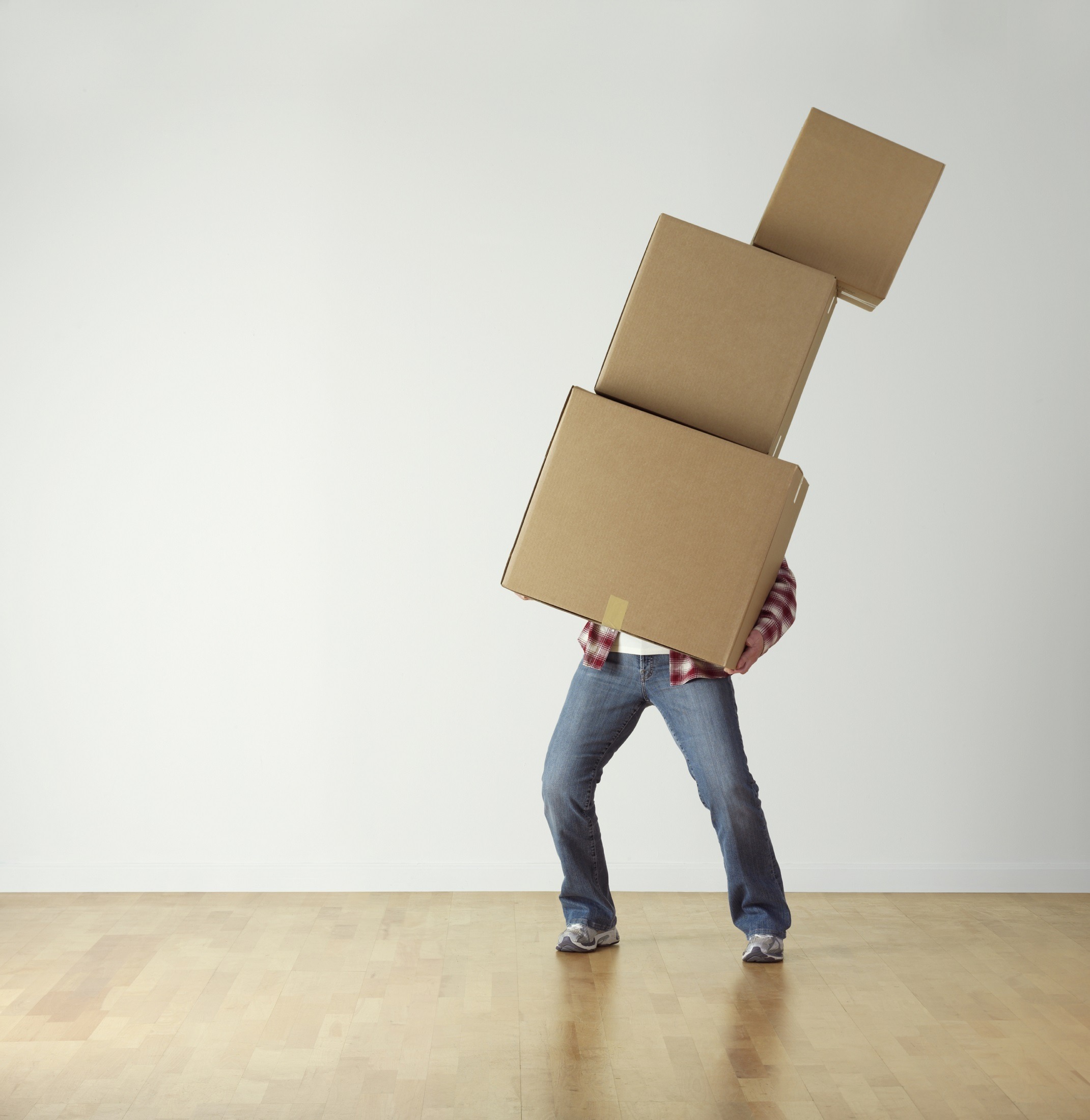
Your ultimate 2025 office move checklist: a quick guide for the big moving day
Planning an office relocation? While moving house can be daunting enough, orchestrating the move of an entire business brings its own unique set of challenges. Your office move involves far more than relocating equipment – you’re transferring the core components that keep your business running. From essential technology and workstations to archived documents and digital systems, each element needs strategic handling.
While designing your new space and managing daily operations might seem like a juggling act, this is your opportunity to create a more efficient, productive workplace. And if you’re planning on upgrading your systems and purging your old electronics and data, you need to find the time to declutter and dispose of any old and unwanted office furniture – it’s a lot to think about.
Your office move checklist
Whether you’re expanding to a larger space, downsizing, or simply relocating, this comprehensive checklist breaks down your office move into manageable steps. Take charge of your relocation by following these steps, and turn what could be a stressful experience into a seamless transition.
6-12 months before your move
- Determine your move date – consider moving on a Friday or over a weekend to minimise disruptions
- Establish your budget – be sure to cover all moving costs, end of lease cleaning and purchases for your new office
- Form a dedicated move team and assign clear responsibilities
- Research professional removalists
- Review your current lease terms and understand your obligations
- Begin planning your new office layout and furnishings
- Conduct an inventory of all furniture and equipment
- Plan the configuration and any necessary upgrades to your IT infrastructure
3-5 months before your move
- Finalise the lease for your new office space
- Submit your formal notice to your current landlord
- Order new furniture and equipment if needed
- Start collecting/purchasing moving supplies
- Create a floor plan for the new office and lock in your fit out plans
- Arrange security system installation (if needed)
- Book your selected removalist company
- Announce your move to key stakeholders (employees, shareholders, clients etc.)
1-2 months before your move
- Schedule utilities transfer and setup
- Update your business insurance policy
- Complete a walkthrough of your new office once the fit out is finished
- Schedule deep cleaning of your new office
- Order new business cards and stationery
- Hire a skip bin for general waste
- Start backing up all critical data
- Begin packing non-essential items
- Organise temporary storage if needed
- Arrange for security access and keys for your new location
- Create a contingency plan for business-critical operations
1-2 weeks before your move
- Pack department by department
- Back up all computer systems
- Label everything clearly with contents and destination
- Send detailed moving instructions to your staff
- Distribute new office access cards/keys
- Set up mail forwarding
- Arrange cleaning of your current office
- Create a contents inventory for insurance
- Recycle or donate unnecessary electronic equipment
Moving week/day
- Position team members at both locations to direct traffic
- Pack individual workstations
- Keep essential documents easily accessible
- Maintain an inventory checklist as items are moved
- Back up all systems one final time
- Collect and return all keys/access cards for your old office
- Test all new systems and installations
- Conduct a final walkthrough of your old office
After your move
- Unpack and set up furniture and equipment
- Schedule staff orientation for the new office and emergency procedures
- Update your company website, email signatures, and any other business listings
- Check all equipment and systems are operational
- Begin unpacking non-essential items
- Document any damaged or missing items
- Gather team feedback on the new space
- Celebrate the successful transition to your new office
More tips for your office move
1. Start planning your office move early
The key to a successful office move is to begin preparations as early as possible. While smaller offices may require only a few months to move locations, medium to large offices often need six to eight months—or even longer—to ensure a smooth transition. Be strategic with your timeline, it’s better to have breathing room than to rush critical decisions.
2. Out with the old, in with the new
Remember, a well-planned move isn’t just about avoiding chaos; it’s about creating opportunities to optimise your new space and enhance your business operations. Relocating your office presents an excellent opportunity to upgrade your systems and refresh your furniture and decor. You want your employees and clients to step into a vibrant, modern workspace, not one filled with worn-out furniture and outdated technology.
Use your office move as a chance to invest in new equipment that enhances productivity and comfort. If you’re expanding your workforce, now is the perfect time to acquire additional desks, computers, and chairs that will create an inviting and efficient environment for everyone. Embrace this opportunity to elevate your office space!
3. Be mindful when designing your new office
Map out your new office thoughtfully – it’s an investment in your team’s future productivity and wellbeing. Your office layout isn’t just about placing desks and chairs; it’s about creating an environment where your team can thrive.
When you sit down to plan your new space, make sure you’re thinking about:
- Communal/collaborative spaces
- Quiet zones
- Storage space
- Where printers/photocopiers and equipment will go
- Where your employees will sit
- Traffic flow
- The location of ethernet connections and power sockets
Engage your staff in the planning process to understand their needs and work styles. A well-designed floor plan does more than organise space – it can enhance communication, boost efficiency, and create a workplace that inspires your team’s best work.
4. Get employees involved
Getting your employees to pack their own desks can significantly streamline the moving process. Provide each team member with a packing box and encourage them to label all their belongings—computer screens, cords, phones, and hard drives—clearly with their names using tape. This will help you keep track of everything and make it easier to locate items when setting up in the new office.
Your employees should also be responsible for packing up their personal items, by and either taking them home or bringing them to the new office.
5. Manage your waste responsibly
Moving an office generates a significant amount of waste that must be managed effectively. As you prepare for the transition, you’ll likely encounter outdated furniture, obsolete electronics, unnecessary paperwork and large moving boxes.
Hiring a skip bin is a practical solution to handle office move waste responsibly. Skip bins provide an efficient way to collect and dispose of large volumes of unwanted items, ensuring that your office move is organised and environmentally friendly.
There are strict rules and regulations governing electronic waste disposal in Australia. Computers, printers, scanners, keyboards and other computer peripherals can all be safely disposed of at e-waste facilities (since electronic technology is changing every day, please don’t hesitate to get in touch if you have any questions about what can and can’t be thrown out).
Rely on Just Skips for reliable, efficient waste removal during your Adelaide office move
There you have it! Our short but effective office move checklist to ensure you have a smooth and stress-free move day. Whether you’ve outgrown your current space or you’re after a better location, you can count on our office relocation checklist to get you through.
At Just Skips, we’re here to help you with your business relocation. We have a wide variety of skip bin hire prices and sizes that are perfect for any sized office. Got a question about waste types or anything else? Don’t hesitate to get in contact with us!
FAQ
How to organise an office move?
To organise an office move effectively, follow these key steps:
- Start early
- Create a moving committee
- Develop a timeline
- Assess your needs
- Hire professionals
- Communicate with stakeholders
- Declutter
- Finalise logistics
- Execute the move
- Conduct a post-move evaluation
How can I make my office move fun?
To make your office move fun, consider incorporating team-building activities such as packing parties where employees can socialise while organising their spaces. Create a friendly competition with prizes for the best-decorated desks in the new office or for those who pack the fastest. Additionally, celebrate the move with a small gathering or lunch in the new space to foster excitement and camaraderie among your team.
What do I need to consider for office relocation?
When planning an office relocation, consider several key factors:
- Assess your current and new space to determine the layout and functionality
- Establish a budget that includes all potential costs
- Create a timeline for the move
- Communicate with employees about their roles in the packing process
- Coordinate with IT for seamless technology setup
- Ensure that utilities and services are arranged in advance to minimise downtime during the transition
People also read:
Wheelie Bin Measurements In Australia



